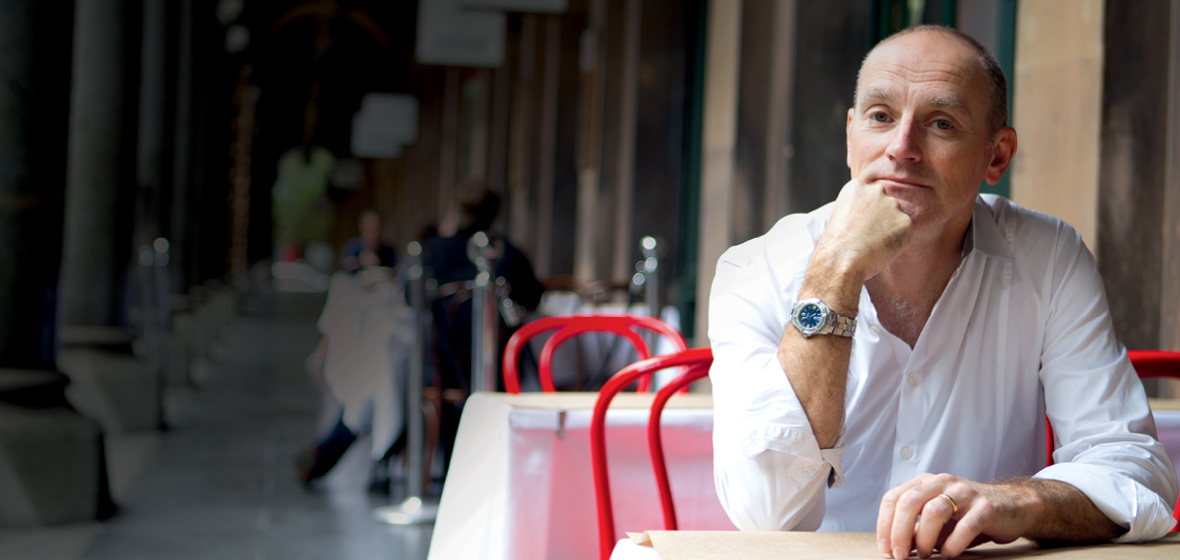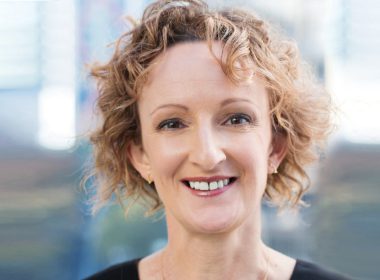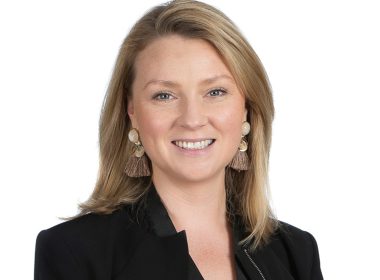MICHAEL BRADLEY is Managing Partner of Marque Lawyers, as well as a columnist and writer. He has just published his first book, Coniston, a true story of the massacre of Aboriginal people in central Australia in 1928. The story begins with the murder of a prospector at the isolated Coniston station and descends into “hunting parties” shooting down victims by the dozen. The precise death toll of the little-known tragedy remains unclear. He tells LSJ how he applied forensic legal skills to bring a troubling, untold story to light. Photography: Jason McCormack
In addition to your busy legal schedule, you regularly write columns on issues of law, politics and social justice. How long have you been considering writing a book?
I had that cliched desire to write a book one day, but I was waiting for the right thing to come up that I was really passionate about. I was doing research on a related topic for an article and there was a mention of Coniston in passing. It really triggered my interest. I was quite intrigued to know more. It was a year of research and about six months of writing full time. I enjoyed the writing process very much, so it was never hard to find the time.
What was your motivation to research the events at Coniston?
The thing that shocked me the most was that nobody had previously researched this or fully written the events up. It has just been left alone. There was no definitive study, teaching tool, research or even really a record of these mass killings, which I thought was shocking – but sadly not surprising. It was like it didn’t happen. It is important to me that we understand what was considered acceptable in Australian society at the time, without censoring or sanitising it.
The case was a significant mass killing but, as you describe, largely unremembered. How important to you is it that the book educates the public on this dark chapter in Australian history?
It is an amazing story, an awful story, but it has an incredible narrative. It is really gripping, and it truly underlines our collective blindness to events [concerning the genocide of Aboriginal people]. Apart from the social and political context, this was one of the largest mass deaths in Australian history. If it had been white people or soldiers who had died in battle overseas it would be a very different story. We have stories about every battle fought by Australian soldiers in overseas wars, but there is no proportionality of information when it comes to the story of Coniston and the lives lost. It’s just weird given it was such a significant event.
How did you manage the process of writing the book and managing your law practice?
I loved every minute of writing this book and would love to write another one. I do a lot of writing and it never feels like work to me. This book has combined two of my passions: history and law. It was a pleasure diving into the archives to find out everything I could, and piece it all together. It is a similar process to the forensic exercise lawyers go through in our day jobs to work out exactly what happened in a case. It’s a huge challenge but one I really enjoy, and it feeds both sides of my brain.
What has the feedback been like?
I’ve had really positive feedback, although it’s sometimes hard to tell if people are just being nice. But the reception I am getting is that it’s pretty readable, which I was happy about. I was totally gripped by the story of what happened at Coniston. I wanted people to be gripped in the same way that I was, and that the story would tell itself without too much interference from me.




